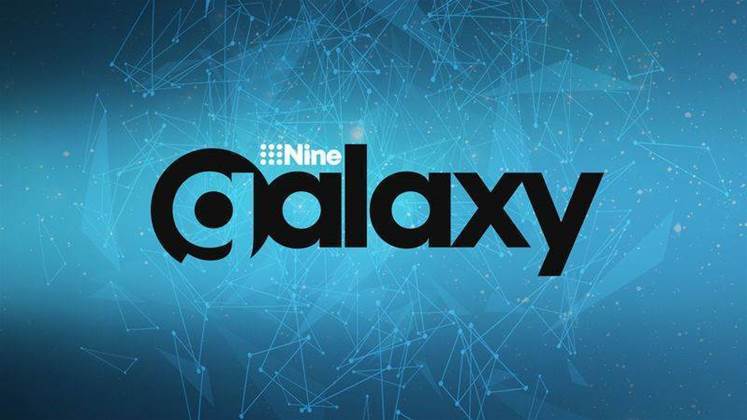TV advertising slots have long been priced and sold based on audience guarantees – educated guesses about the number of viewers expected to watch a particular show at a particular time.

With new digital TV channels increasing ad inventory and media buyers demanding ever-better audience metrics, Nine Entertainment has overhauled its ad marketing system with big data and machine learning techniques that have improved the accuracy of audience guarantees by 20 percent.
Producing those guarantees previously relied on metrics such as the number of people that watched the timeslot over the previous four weeks, or at the same time in the previous year.
Staff used these numbers to book advertisers into particular time slots, in a manually-intensive process that could see sales staff handling the same booking up to eight times as plans changed.
This burdensome process had proven even more complex with the surge of video-on-demand (VOD) content that does not follow conventional TV schedules.
“Television has traditionally had an archaic formula for audience forecasting,” group IT business solutions manager Stephen Kyefulumya said.
To improve this process, Nine Entertainment first developed 9Predict, a bespoke forecasting framework that uses machine learning techniques to improve the accuracy of predictions based on analysis of large data sets.
The project team brought together specialist data engineers and data scientists who worked with developers, teams from multiple departments, and commercial partners.
Supported from the highest levels of Nine, the project team initially laid down a functional blueprint for the organisation’s long-term advertising plans.
This included improving efficiency and removing the complexity of the firm’s inventory; commercialising VOD audiences through the same platform; and introducing additional metrics that would help it add more value to its advertising inventory.
Underscoring all of these goals was the 9Predict core, which embodies the data analysis and machinelearning capability. 9Predict draws together commercial tools including Landsberry & James’ Genesis campaign optimisation platform, Image Communications’ xG GamePlan inventory optimiser, MapR for big data processing, and Tableau for data visualisation.
9Predict was designed from the start for interoperability, using Mulesoft tools as an abstraction and integration layer to expose its services to 9Galaxy, a full-service platform that coordinates 9Predict; Nine’s in-house Saturn sales and traffic platform; and its component parts to provide an automated advertising booking service.
A month after its implementation, 9Galaxy was already scoring big benefits for Nine, with “tangible improvements in audience forecasting” that have boosted forecasting accuracy by 20 percent.
This improved accuracy is expected to save the network millions of dollars a year because it will no longer have to compensate clients if actual numbers turn out to be short of those projected at the time of sale.
Automating the booking process will also reduce administrative overheads and support Nine’s long-term plans to deliver consistent media-buying services across its broadcast and online services.
“Our long-term vision involves commercialisation of Nine’s inventory across all consumption platforms, with implementation phased across multiple releases,” Kyefulumya said.
He noted that the “world-first” integration of the tools has given the organisation a significant competitive advantage.
“The ultimate aim of 9Galaxy was to make doing business with Nine far easier, and to counter the leak of revenue to other digital players,” Kyefulumya said.
“In an industry where many players still trade on four-week or year-on-year audience measurements, 9Galaxy will set Nine apart for years to come.”
This project has been named a finalist in the telco/media category of the iTnews Benchmark Awards 2017/18. The full list of finalists can be found here.

.jpg&h=140&w=231&c=1&s=0)

.jpg&h=140&w=231&c=1&s=0)

















